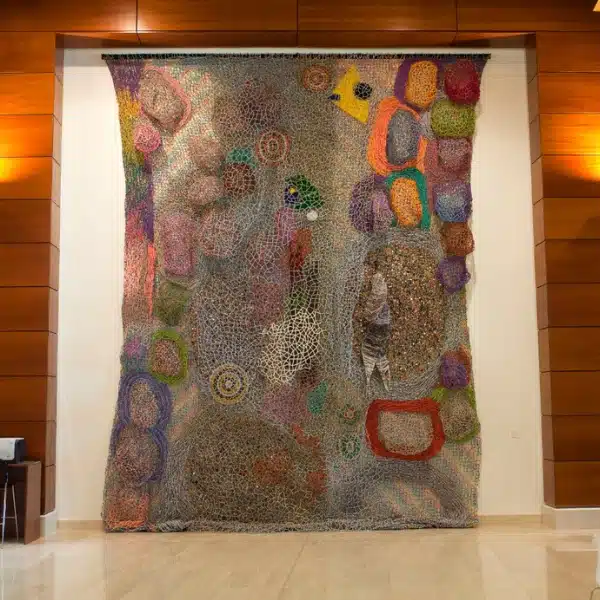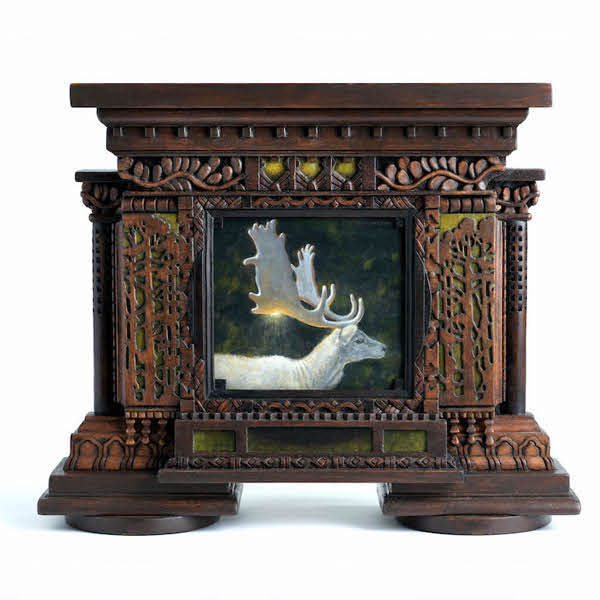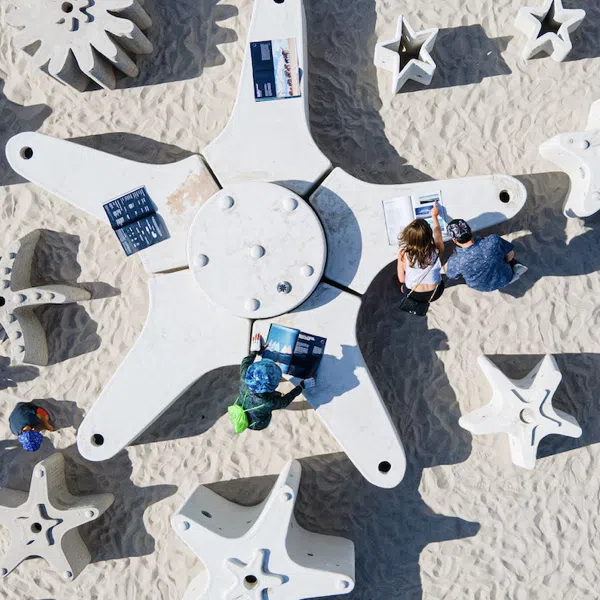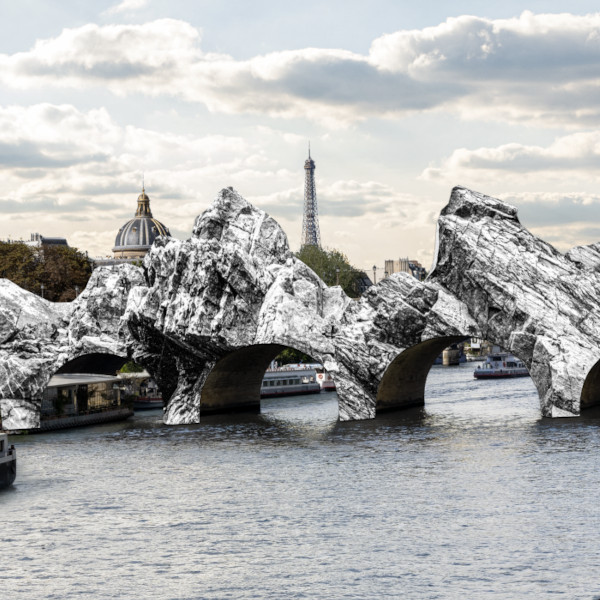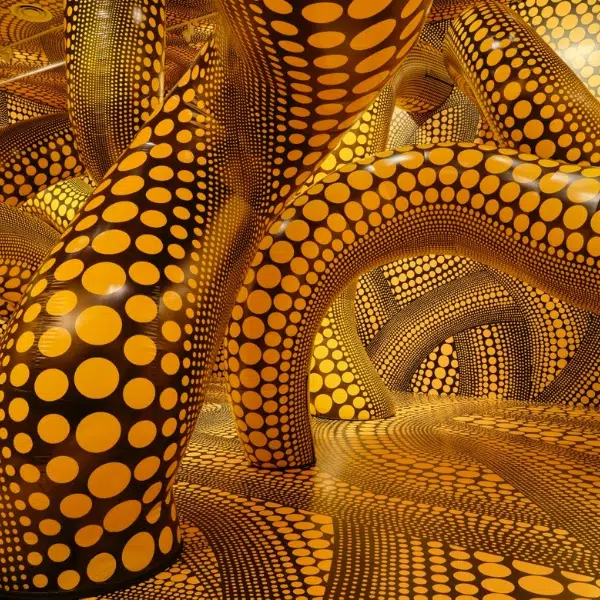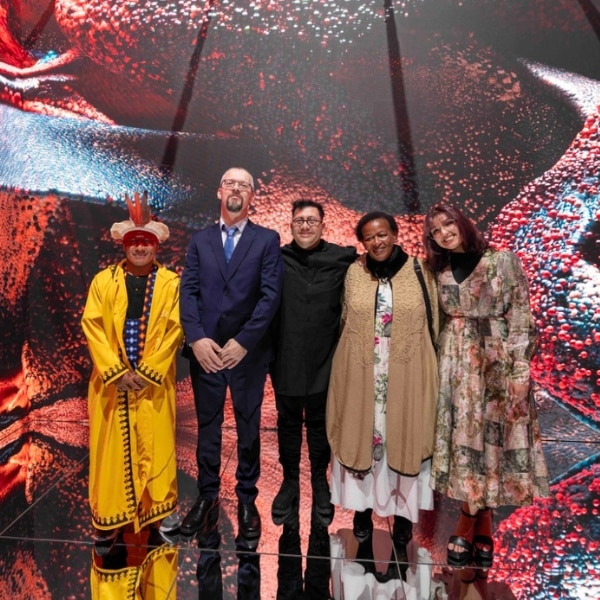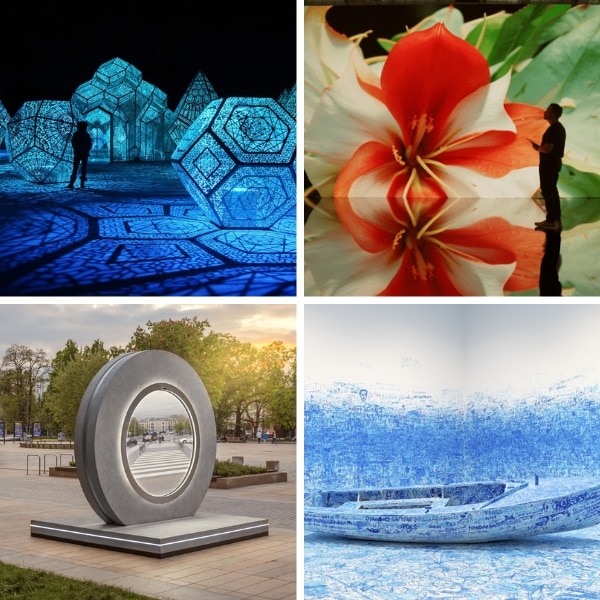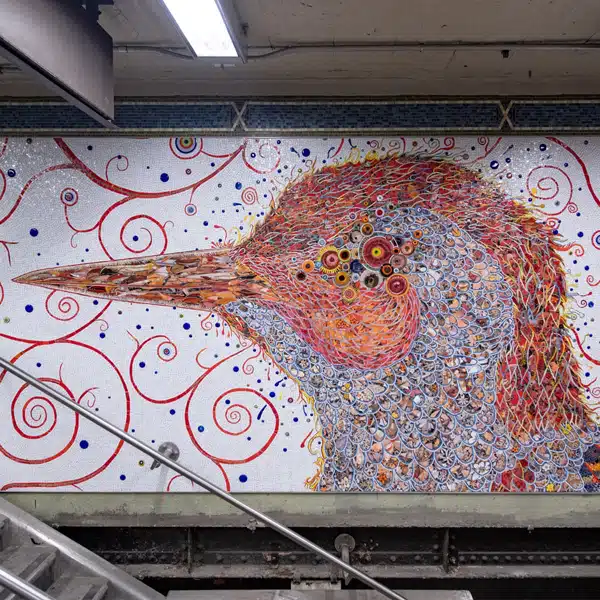
Photo: Hu's Art
Artist Chris Wood considers light in her artwork the same way that a painter would pigment. While controlling illumination presents a larger challenge than oils or acrylics, Wood has learned how to wield the sun to her advantage. “I work with light as a material and use anything I can get my hands on that enables me to manipulate it,” she tells My Modern Met, “in order to draw attention to this magical phenomenon.” The results are splendorous art installations that produce vibrant reflections and color fragments of our world in neon hues.
“I studied furniture design in the 80s and the first project was to design a light fitting,” Wood recalls, “and this opened my eyes to the potential of working with light as the primary medium. I went on to study Glass at the Royal College of Art where I first came across dichroic.” Dichroic is a coating that was developed by NASA in the mid 20th century. “It absolutely fascinated me, but I struggled to find a way of working with this incredibly visually complex material in a way I was happy with.”
It took Wood 10 years and a move to the Fenlands, a flat coastal plain in eastern England, to realize how she could use the special filter. “I was exploring the use of reflective materials against the strong lines of the landscape in the area,” she says. “This was a lightbulb moment for me (literally).” From her a-ha moment, she knew that she needed to change how she used dichroic. “I soon realized, like the landscape around me, my work with dichroic needed to be pared down, removed of frivolities in order to enable the material to illustrate the amazing dialogue it has with light.”
Light Wall, located in Taipei, is one of Wood’s latest site-specific installations that uses dichroic. It features over 2,500 filtered glass fins that are positioned around the perimeter of the top floor of the National Convention and Exhibition Center. Their placement is symbolic and specific to Taiwan and its culture. “Red lanterns are a symbol of booming life and prosperous business in Chinese culture,” a statement about the work explains. “Chris translated the phrase ‘red lantern’ in the languages of Taiwan’s 19 top trading partners into binary code. This code dictated the placement of the fins around the curtain walls.” When the sun shines in the building, it creates brilliant shadows that add a bit of whimsy to those that encounter them.
Chris Wood's light art installation Light Wall is a dazzling display located in Taipei's National Convention and Exhibition Center.
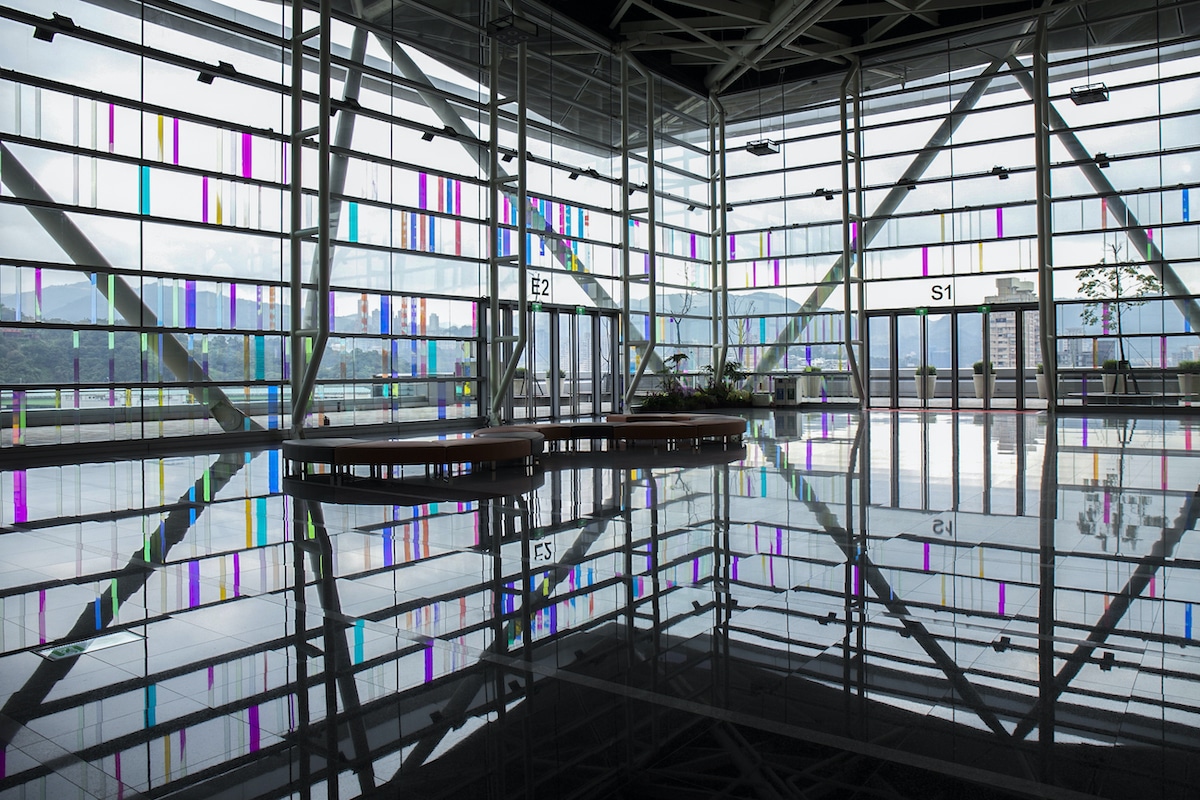
Photo: Hu's Art
Using a special filter called dichroic, the NASA-designed coating creates brilliant reflections when they interact with light.

Photo: Hu's Art
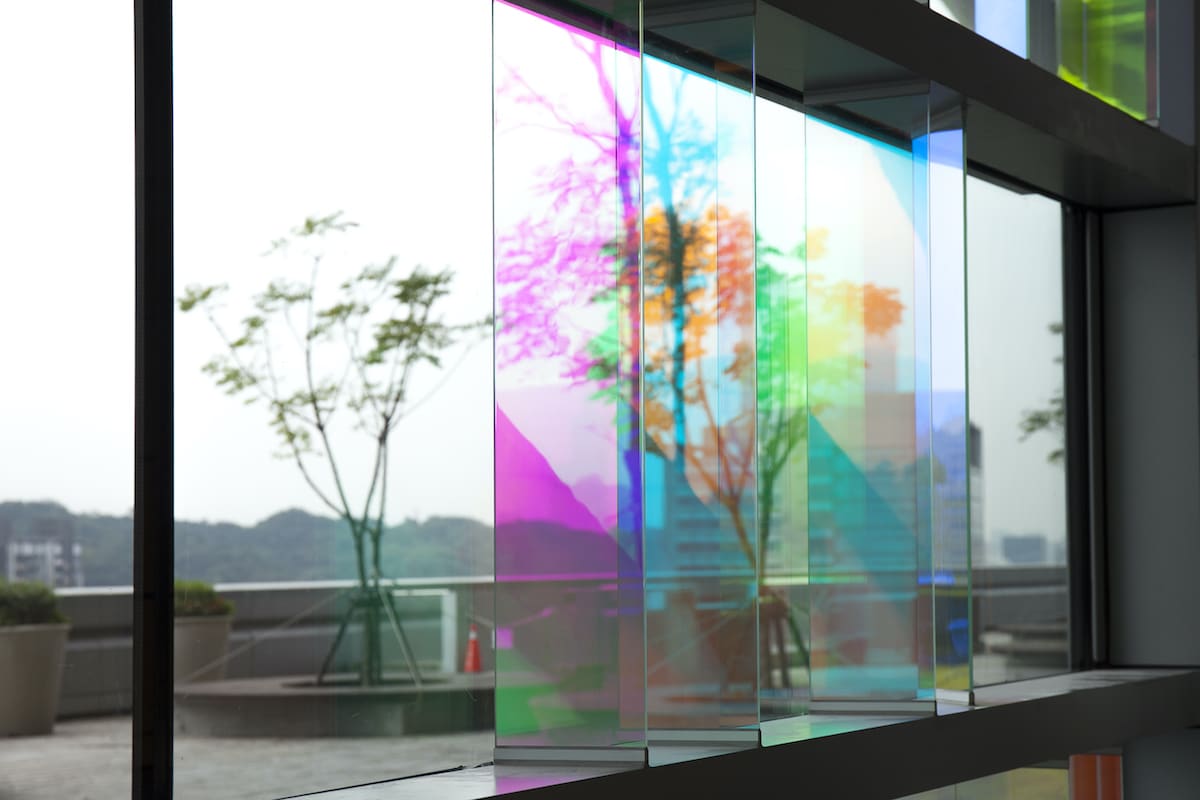
Photo: Hu's Art
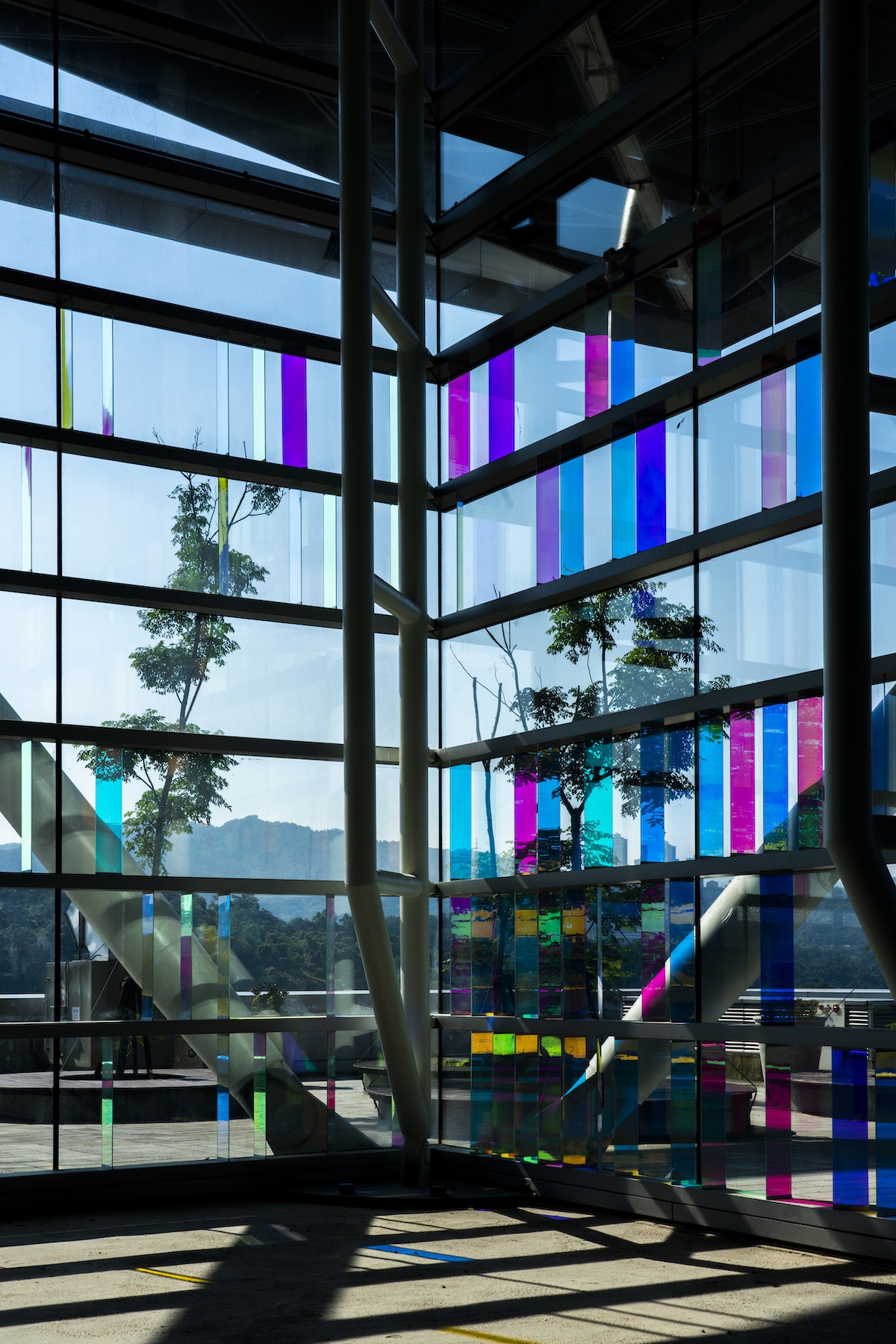
Photo: Hu's Art
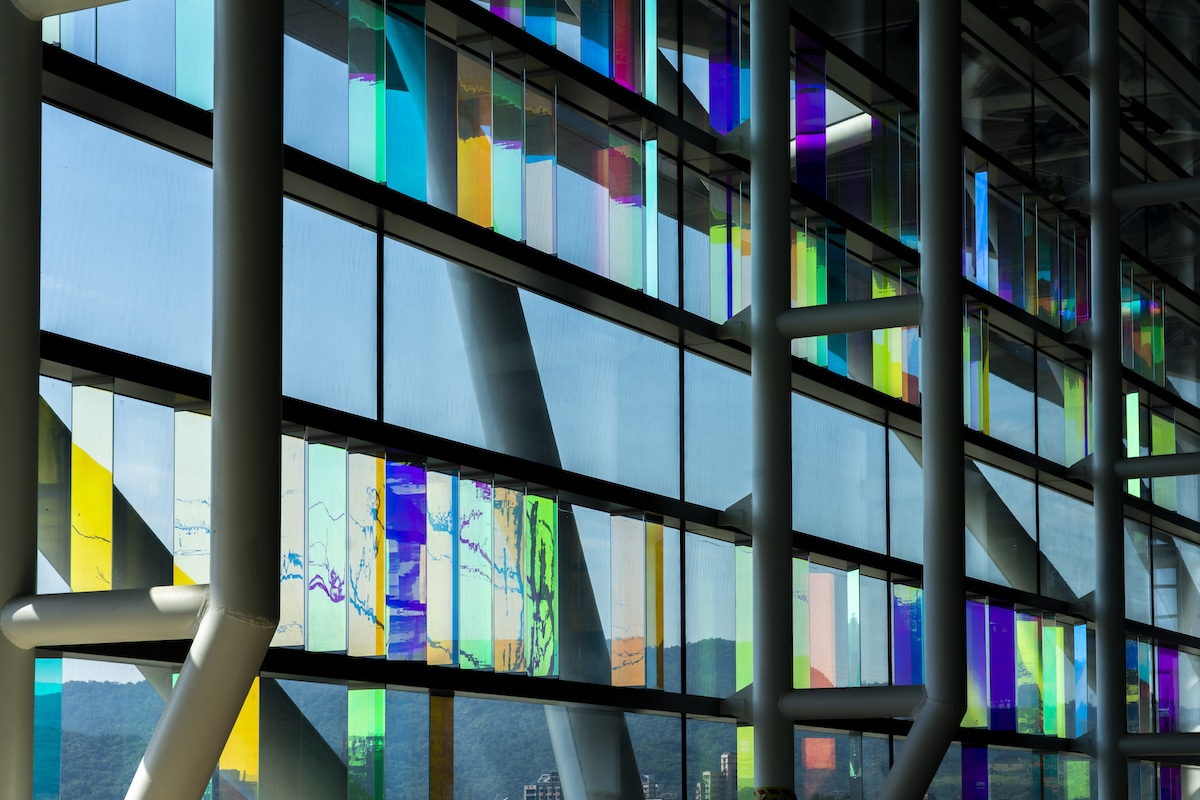
Photo: Hu's Art
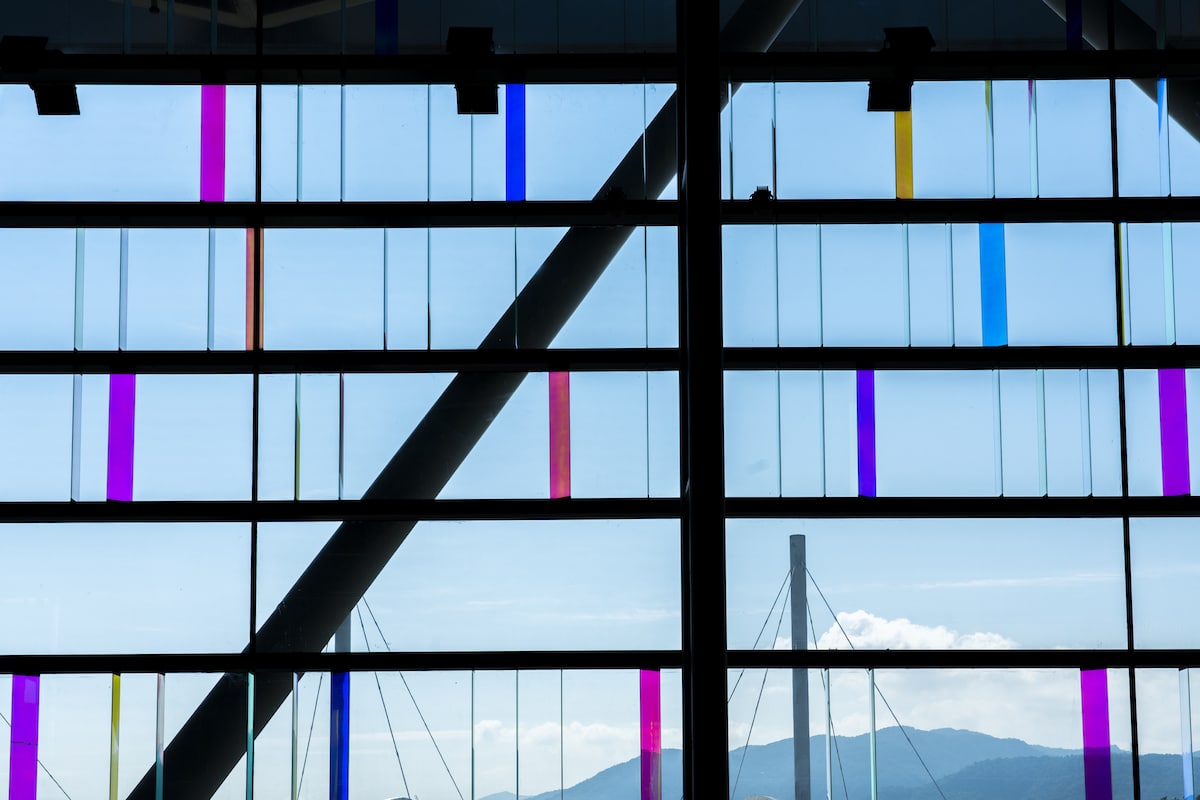
Photo: Hu's Art
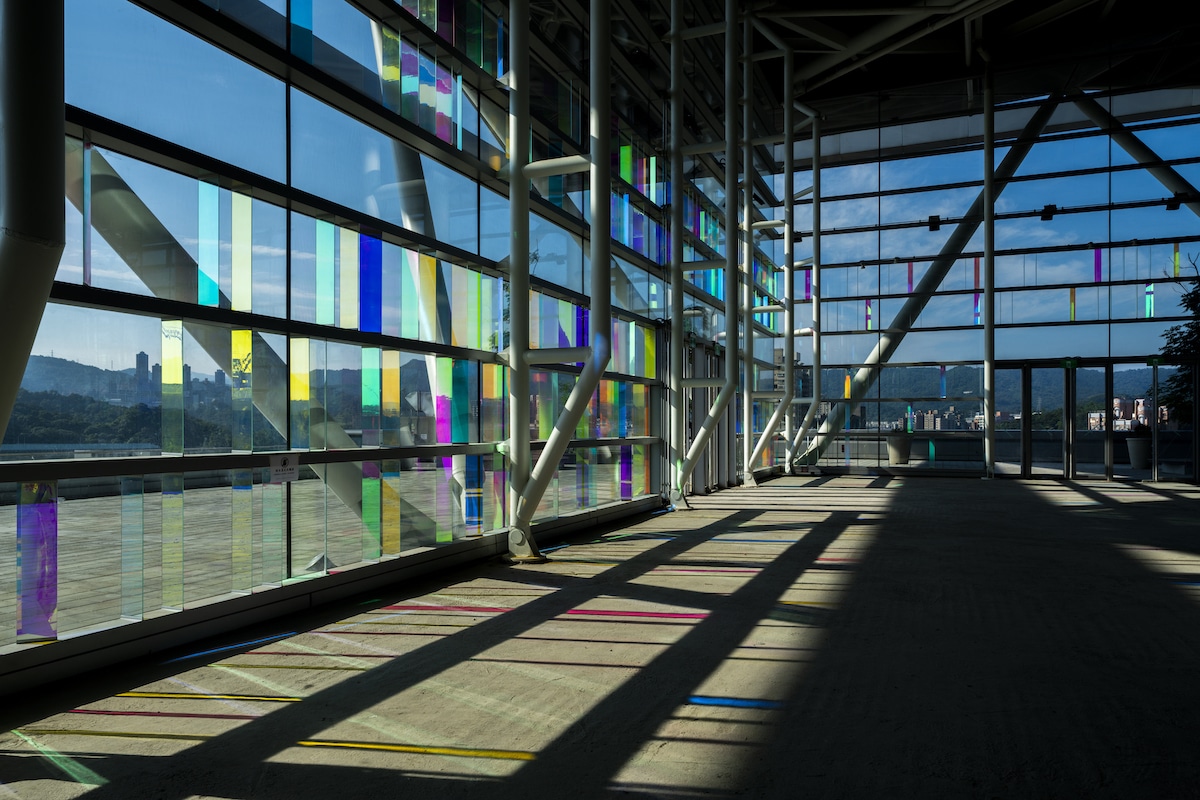
Photo: Hu's Art
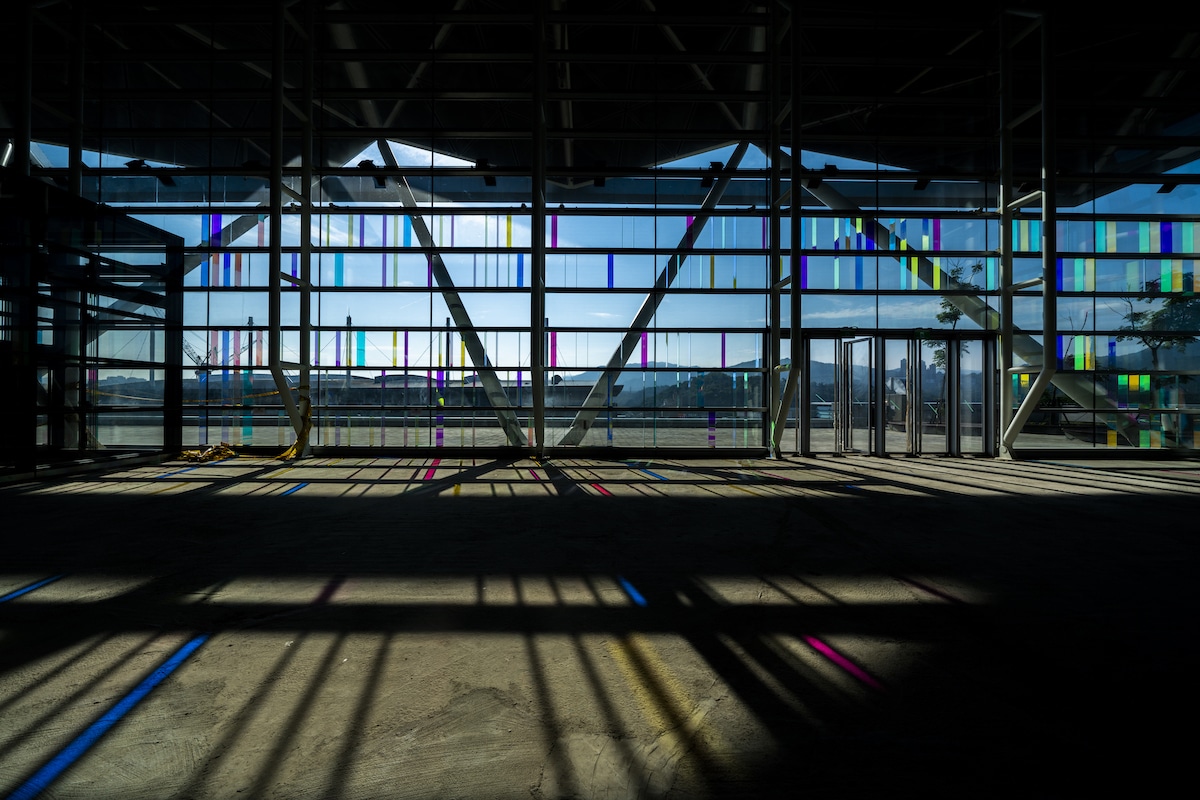
Photo: Hu's Art











































































